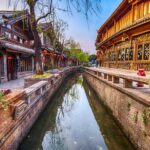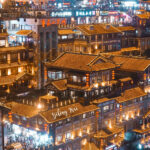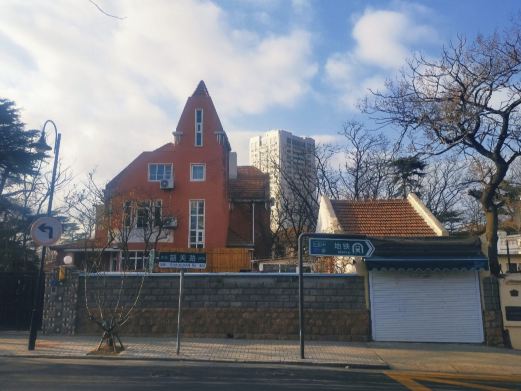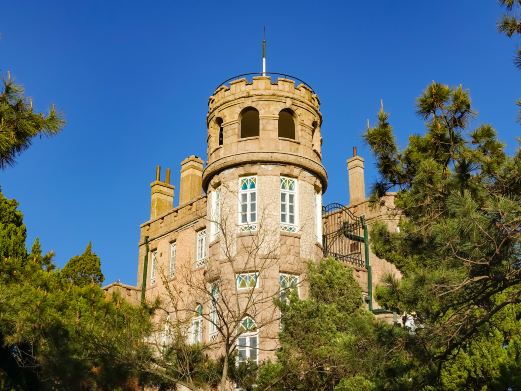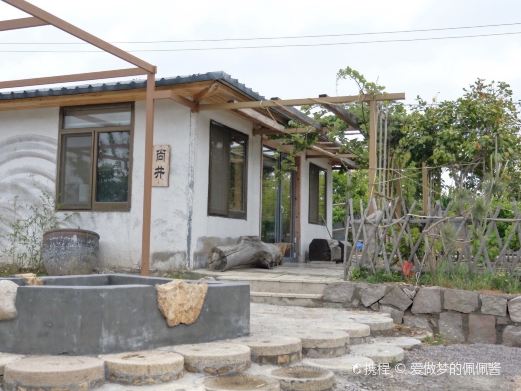Xu Fu’s journey to Japan began from Langya Port in front of Langya Terrace, as clearly recorded in the ‘Records of the Grand Historian · Emperor Qin Shi Huang’s Annals’. In the thirty-seventh year (210 BC), Emperor Qin Shi Huang embarked on a sea voyage with Xu Fu, starting from Langya and traveling north to Rongcheng Mountain. The three words ‘from Langya’ by Sima Qian precisely indicate the departure point of Xu Fu’s sea journey.
Langya Port is embraced by Langya Mountain and Hujia Mountain, with Zhaitang Island as a screen in front, and deep waters within the port that provide shelter from the wind. It is a beautiful and well-protected harbor. For many years, this place has been a hub for merchant ships and fishing boats all year round, with masts coming and going, loading and unloading, and gathering and dispersing. The harbor has seen the return and departure of boats from all directions and nearby villages, providing a place for merchants and fishermen to anchor and rest. Although the boats moored in the harbor are arranged in a scattered manner, they all rise and fall in perfect harmony with the rhythm of the ocean, creating a natural, relaxed, and well-coordinated beauty throughout the harbor. Today, the port not only has fishing piers and cargo piers but also a tourist pier. The Qingdao-Lingshan Island-Langya Terrace maritime tourist ferry terminal is located here. Not far to the east and west of the stone tablet marking Xu Fu’s departure point, there are two ancient shipbuilding sites known as Chaowan and Laowanzi, which are said to be the sites where Xu Fu built his ships for seeking immortality elixirs and his journey to Japan. Opening hours are from 08:30 to 16:30 all year round.Xu Fu’s Departure Point for Eastward Voyage
Xu Fu’s journey to Japan began from Langya Port in front of Langya Terrace, as clearly recorde[...]



